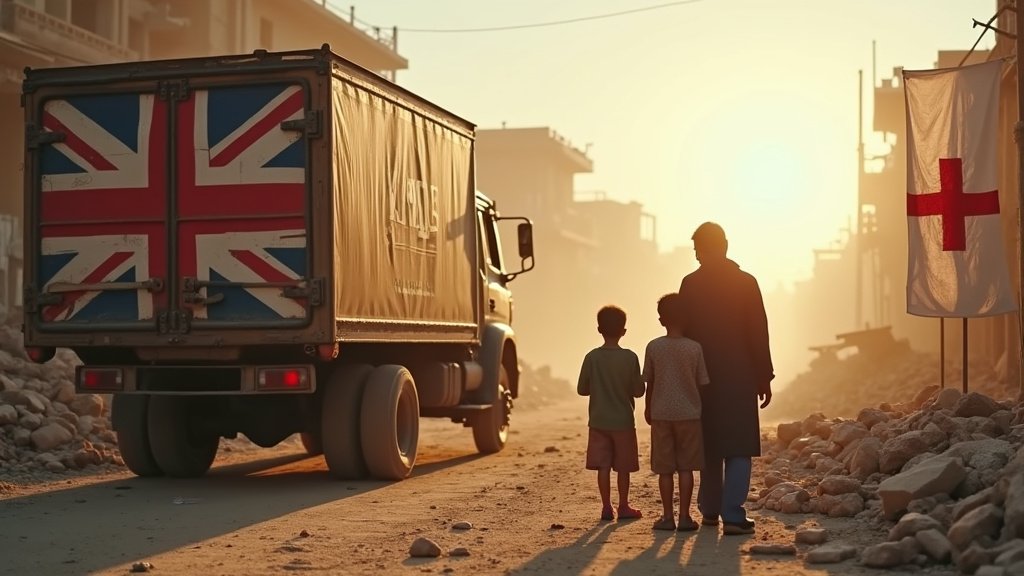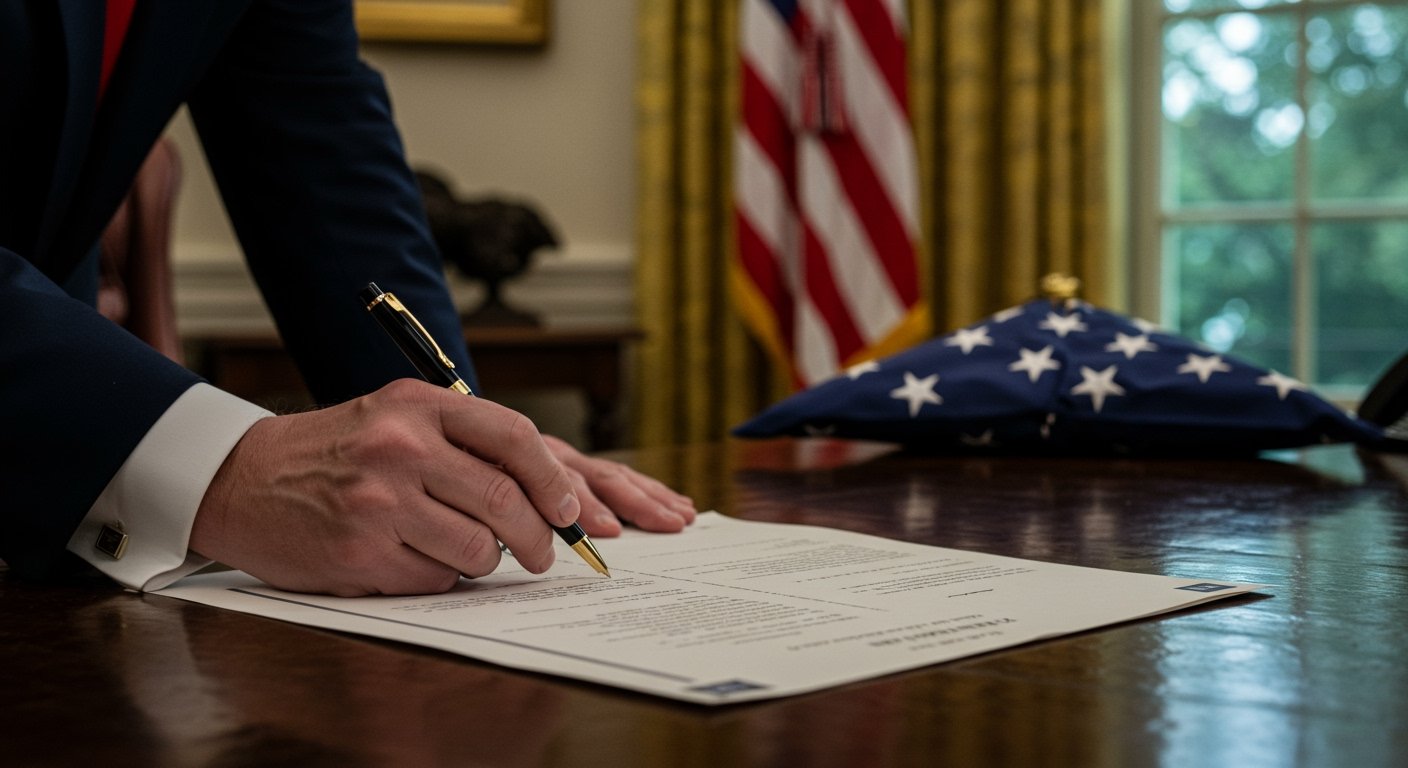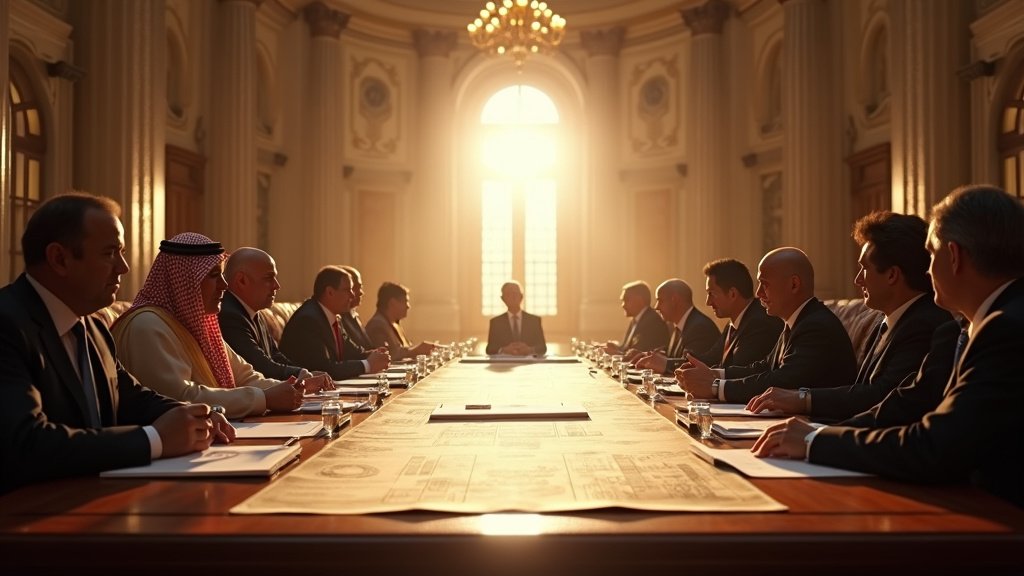Tehran has officially acknowledged that its key nuclear installations sustained “badly damaged” from recent American military strikes. The admission comes at a delicate moment, as a fragile ceasefire between Iran and Israel is reportedly holding, highlighting the complex and volatile geopolitical landscape in the Middle East.
Impact on Nuclear Facilities
Iran’s acknowledgment follows a series of targeted strikes by the United States on sites described as integral to its atomic program. Specific facilities named in reports include Fordow, Natanz, and Esfahan. These locations are widely recognized as central to Iran’s uranium enrichment and nuclear research activities.
The nature and extent of the damage, as described by Iranian officials as “badly damaged,” contrasts sharply with the pronouncements from the United States. US President Donald Trump issued forceful claims regarding the effectiveness of the strikes, asserting they resulted in “total obliteration” at the three targeted sites.
President Trump further contended that the strikes inflicted a significant setback on Iran’s atomic ambitions, claiming they would delay the program by “decades.” In a controversial comparison, he likened the impact of these strikes to the bombings of Hiroshima and Nagasaki, stating, “It ended the war.”
Adding another layer of concern and uncertainty to the situation, one report, citing comments from JD Vance, claimed that a significant quantity – specifically, 400kg – of uranium is missing following the US strike. If confirmed, the disappearance of such a substantial amount of nuclear material would raise serious non-proliferation concerns and potentially complicate international efforts to monitor Iran’s nuclear activities.
Ceasefire Holds Amid Tensions
The strikes occurred within the broader context of ongoing tensions and recent hostilities in the region. A ceasefire between Iran and Israel is reported to be currently holding, providing a tenuous pause in direct confrontations. The stability of this ceasefire remains a critical point of international focus.
The Iranian President has publicly affirmed his country’s commitment to the cessation of hostilities, stating clearly that Iran will not violate the ceasefire unless Israel initiates a breach. This conditional commitment underscores the inherent fragility of the current arrangement and the potential for rapid escalation should the agreement falter.
Post-Ceasefire Developments
Even as the US-brokered ceasefire took hold, events within Iran highlighted continued internal security concerns and a firm stance against perceived external threats. Following the implementation of the truce, Iranian authorities carried out the execution of 3 individuals. These individuals were reportedly executed for ties to Mossad, Israel’s intelligence agency.
In a seemingly related, extensive security sweep, Iranian authorities also announced the arrest of 700 others. The scale of these arrests, occurring immediately after a major military confrontation and ceasefire, suggests a significant internal security operation targeting individuals suspected of collaboration or opposition.
International Assessment Underway
The full scope of the damage to Iran’s nuclear infrastructure remains subject to independent verification and assessment. International observers and various national governments are working to ascertain the actual impact of the US strikes.
The Kremlin, speaking on behalf of Russia, stated that it is currently premature to definitively assess the full extent of the damage inflicted upon the Iranian nuclear facilities by the U.S. bombs. This cautious stance reflects the difficulty in obtaining reliable, objective information from the affected sites and the potential for differing interpretations of the operational impact on Iran’s overall nuclear program.
Conclusion
Iran’s admission of significant damage to its nuclear facilities by US strikes, coupled with the starkly different claims from the United States regarding the extent of the impact and the concerning report of missing uranium, paints a picture of deep uncertainty surrounding the future of Iran’s atomic program. Occurring amidst a fragile ceasefire with Israel and followed by significant internal security actions within Iran, these developments underscore the volatile dynamics of the region and the complex challenges facing diplomatic efforts to prevent escalation and ensure nuclear non-proliferation.




